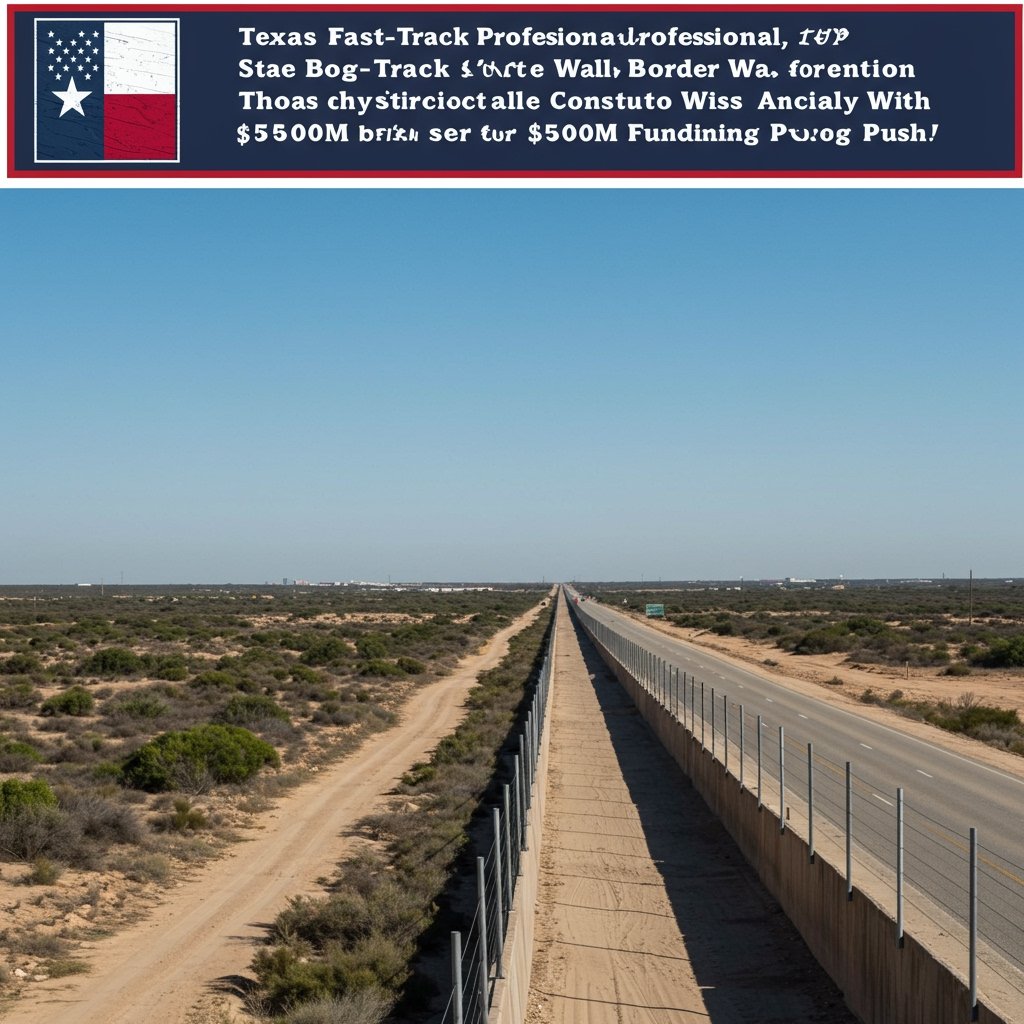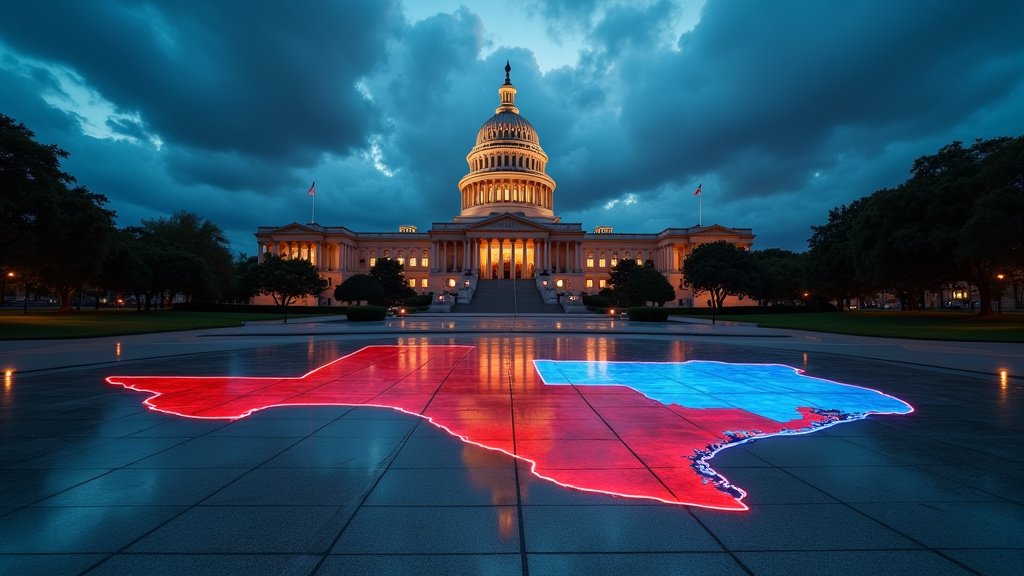Texas Governor Unveils Accelerated Border Barrier Plan
A significant development in Texas’ ongoing efforts to secure its border with Mexico was announced today from the office of Governor Greg Abbott. The state is set to launch an aggressive new initiative aimed at expediting the construction of additional state-funded border barrier sections. This plan represents a tangible acceleration of Texas’ independent border security strategy, leveraging substantial new funding to address key areas along the frontier.
The core of this expedited plan is the utilization of $500 million specifically earmarked in the recently passed state supplemental budget. This significant financial allocation underscores the state legislature’s and the governor’s commitment to enhancing physical barriers along the border, independent of federal efforts or timelines. The funding is designated for immediate use in constructing new sections of the state-built wall, focusing on locations deemed critical for deterring illegal crossings and smuggling activities.
Strategic Focus Areas: Eagle Pass and Rio Grande Valley
The plan prioritizes construction in high-priority areas, specifically targeting sectors near Eagle Pass and sections of the Rio Grande Valley. These regions have consistently seen high volumes of migrant crossings and are critical points for state law enforcement and military personnel involved in border security operations. Eagle Pass, in particular, has been a focal point of state-federal tensions over border control methods and access to the border.
The Rio Grande Valley, historically a primary corridor for illegal immigration, presents diverse geographical challenges but remains a strategic imperative for increasing physical impediments. By concentrating funds and efforts on these specific locations, the state aims to create more effective deterrents and funnel migration flows towards official ports of entry, where processing can occur in a more controlled environment.
Project Management and Timeline
Oversight and execution of this ambitious construction project will be managed by the Texas Military Department. This continues a pattern of the TMD playing a central role in the state’s border security operations, including infrastructure development. Their involvement highlights the state’s approach to border security as a matter requiring military-style planning and execution.
The timeline outlined in the announcement is aggressive. The project aims to break ground on the new barrier sections in early June 2025. This target date signals a swift transition from planning and funding allocation to on-the-ground construction. State officials project that this expedited timeline, fueled by the $500 million investment, could add approximately 30 miles of new barrier by the end of the calendar year, 2025.
While 30 miles represents only a fraction of Texas’ extensive border with Mexico, these new sections are intended to fill critical gaps in existing barriers or create new impediments in areas previously unprotected. The strategic placement of these miles is considered key to their effectiveness, focusing on locations where the terrain or lack of existing infrastructure currently facilitates illicit activity.
Context within Operation Lone Star
This accelerated construction initiative is presented as an integral part of the state’s ongoing comprehensive border security mission, known as “Operation Lone Star.” Launched in March 2021, Operation Lone Star involves the deployment of Texas National Guard troops and Department of Public Safety troopers to the border. Its stated goals are to deter illegal immigrant crossings, interdict smugglers, and prevent drug trafficking.
Operation Lone Star encompasses a wide range of state-level actions, including the construction of temporary barriers (like razor wire and marine barriers), arrests of migrants on state charges such as trespassing, and humanitarian aid efforts. The state-funded border barrier construction has been a component of Operation Lone Star from its earlier phases, alongside increased law enforcement presence and interdiction efforts.
Previous state budgets have allocated funds for barrier construction, resulting in scattered sections of state-built wall along the border. This new $500 million infusion and the associated accelerated timeline represent a significant escalation in the state’s financial commitment and operational speed regarding physical infrastructure.
State’s Independent Border Strategy
The decision to significantly ramp up state-funded barrier construction underscores Texas’ stance that the federal government is not doing enough to secure the border. Governor Abbott has consistently argued that Texas has a constitutional right to defend itself from what he describes as an “invasion” at the border. This independent construction effort is a direct manifestation of that philosophy.
The type of barrier being constructed by the state varies depending on terrain and specific needs, often including concrete panels, steel bollards, and other robust fencing systems designed to be difficult to breach. The specific designs for the new sections in Eagle Pass and the Rio Grande Valley will be finalized as planning progresses under the Texas Military Department’s leadership.
This plan is likely to attract attention from both supporters of Texas’ border security efforts and critics who question the effectiveness and cost of state-level wall construction compared to a unified federal strategy. The swift timeline and substantial funding signal a determined push by Texas leadership to make a visible impact on border security through physical barriers in the coming year.






